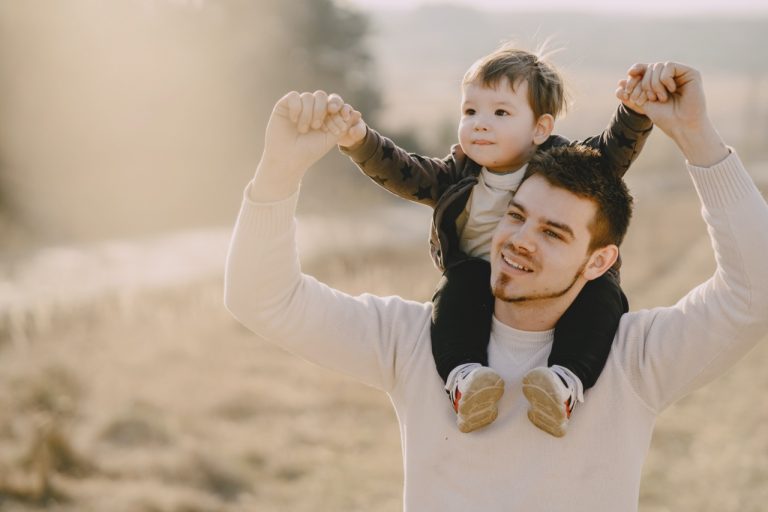You know the feeling when you enter the doctor’s room and he speaks all the medical terms you don’t understand? When you walk out there, you are more confused as to when you entered.
In the EDC community, there are also quite a few regularly used terms, like EDC (Everyday Carry). A number of these terminologies involve holsters. Be confident in your knowledge when you encounter these terms on social media, the Shooting Range or your local Gun Shop.
Cant
The cant of a holster is how tilted from a vertical position the firearm is in the holster. So when cant is adjustable, you can change this position. Adjustable cant helps with concealment of your firearm as well as comfort, especially when getting in and out of your vehicle.
Riding Height
When we talk about riding height it refers to how deep the middle of your firearm sits below the beltline. A high riding height might be more comfortable. A lower riding height conceals better. You don’t want to adjust riding height too low as it becomes difficult to access your firearm.
Retention
Retention is how tight the holster is holding your firearm. When adjusting holster retention, always ensure that your retention is still enough to hold your firearm. If you have too little retention, you might lose your firearm if you end up on the ground.
Draw
Draw is how you pull your firearm from the holster. You want to practice drawing your firearm frequently to build up muscle memory and this action becomes automatic.
Re-holster
After you have used your firearm, you always have to put it back in the holster which is called re-holstering. Look for a holster that you can re-holster without taking the holster off your belt.
Purchase
The purchase on the grip of a firearm is how much of your hand can be on the grip of the firearm when you draw your firearm from the holster. Choose a holster that has enough purchase on the grip so you won’t have to change the position of your hand after you’ve drawn the holster. This might be affected by riding height.
Strongside
The strong side is on the side of your dominant hand. A right-handed person wears the firearm on the right-hand side.
Weakside
The weak side is on the side of your non-dominant hand. Usually, you can wear some extra mags on the weak side.
Ambidextrous
When you are able to use the same holster for left- and right-handed shooters, the holster is ambidextrous.
Sweat guard
The Kydex® that covers the slide of your firearm that is closest to your skin is called the sweat guard. A full-length sweat guard will extend the entire length of the slide and be flush with the back-end of the slide. A low sweat guard will end at the same height as the trigger guard.
Different carry positions can also be confusing and will be covered in our next article.

